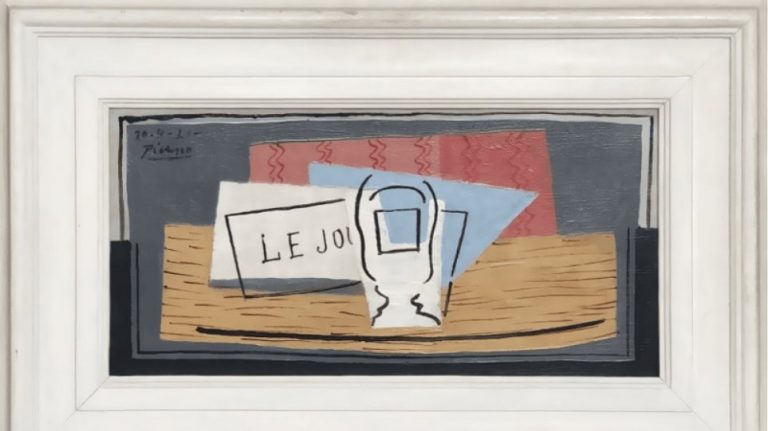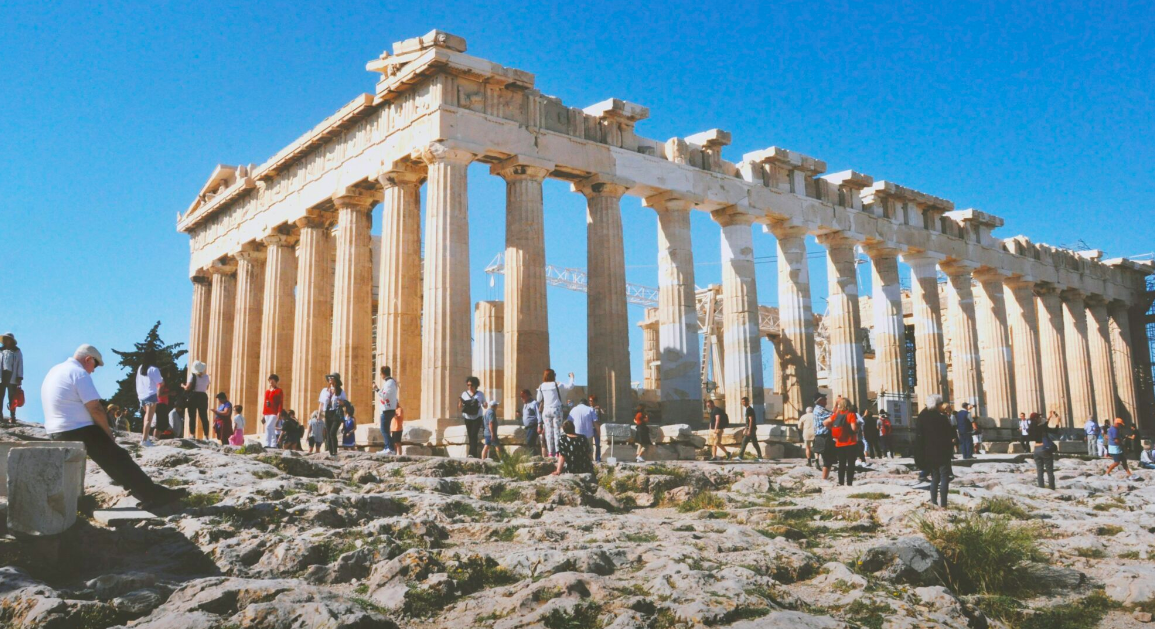In the early 1900s, when Pablo Picasso (1881–1973) was first attempting to stake his claim as the world’s best artist, money was tight. As such, it wasn’t uncommon for the Spanish artist to paint over a previously completed canvas. Art historians know he did this, for example, with his Blue Period work La Soupe (1902). What is uncommon is for researchers, nearly five decades after his death, to now find more instances of this in his work.
But that’s precisely what a team of researchers at the Art Institute of Chicago discovered and discussed in a newly published report in Applied Science. What the researchers found was that on the canvas used for his 1922 masterpiece Still Life, Picasso first attempted painting a different, more neoclassical still life. They decided to take a closer look at the canvas when they noticed the surface of that painting appeared to be wrinkled with multiple layers. What started as benign curiosity, resulted in a breakthrough discovery. After researchers applied X-radiography and infrared imaging, they were stunned to find an entirely different composition beneath the painting.
Seven European countries that are worried about a second wave
Greece: Mandatory use of mask in banks, local authorities & stores
What made this find all the more fascinating is that Picasso seemed to have intended for it to never be noticed. While the artist typically wanted his viewers to see the many iterations that went into his work by allowing previous drafts to show through his final work, Picasso purposely blotted out the first draft with a heavy cast of white paint. Almost ensuring its disappearance, until now. “Picasso was a playful and inventive painter who often seemed to have more ideas than materials at hand,” says Allison Langley, Head of Paintings Conservation at the Art Institute of Chicago. “He frequently painted over earlier works that were partially or fully finished, often responding to the colors, forms or themes of the earlier composition”.
Read more: AD
Ask me anything
Explore related questions





